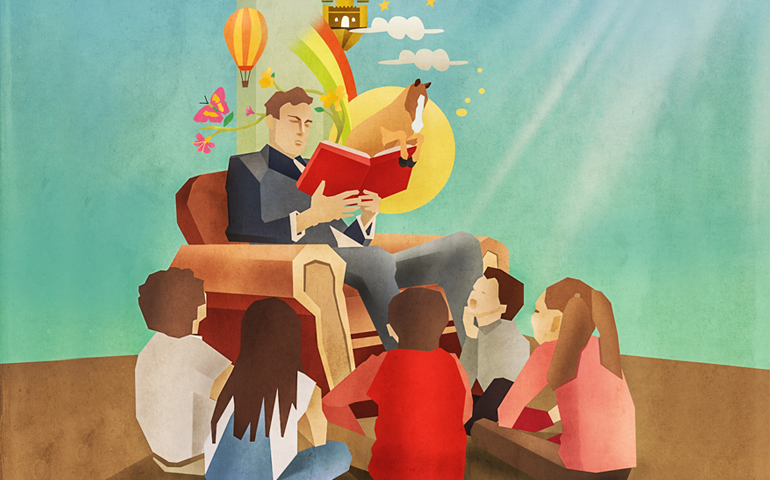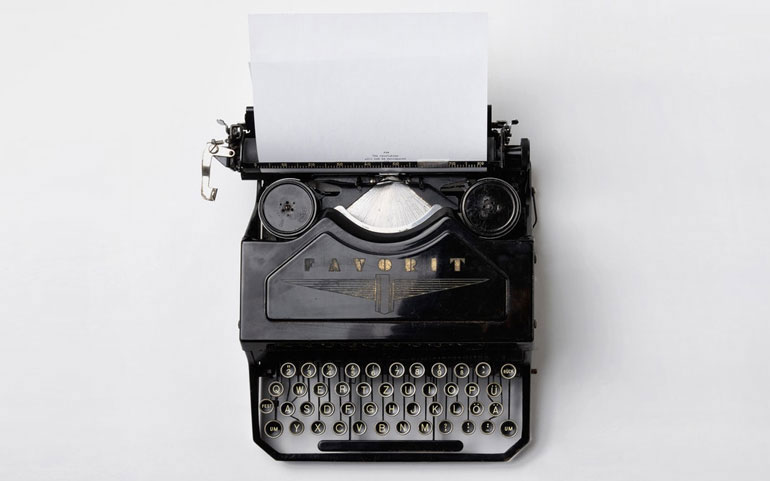
Who Has the Camera?
I’ve been trying to write many short stories for the past little while and one of the bases of creative writing is the point of view (POV) you’re using. I became curious as to how different POV change and affect the story, so I looked into it a little.
The Different POVs
There are 3 main POVs when it comes to creative writing (as far as I’m aware!). First person, second person, and third person. I’d love to share with you how they’re different and when to use them.
First Person
First person is when the “camera” is being held—usually by—the main character. It’s a great POV to use when you want to portray many internal emotions and descriptions from the main character. You’re inside their head a lot and as a result, the reader can relate and feel closer to the main character. First person is also good for people that are just starting since you can simply write what you think and pretend to be the main character.
A thing to keep in mind when writing in the first person is that your readers can’t know of anything your main character doesn’t. This means that you can’t jump the camera over to another group of people to make sure the readers understand something that’s happening in a different setting. The character will have to be at that setting if you’d like to show it to your readers. This can become a problem depending on your plot and it can also make things a little awkward if you purposely move your main character around, just so that your readers have an idea of the story. Another thing to keep in mind is that it’s harder to give external descriptions of your main character if you write in first person. You can’t really start talking about the colour of your eyes out of nowhere, someone has to say it for you.
Something you can do to solve this problem is to change first-person POVs. An example of this is the later books in the I am Number Four series. You’re able to switch back and forth between different first-person POVs but too many will start to confuse the reader as well as make the situation a lot more complex.
Second Person
Second-person narrative is quite uncommon, you don’t really see it too much in YA novels. Second person is when you bring the reader straight into the story by using the pronouns “you” and “your” instead of “I” or “mine” in contrast to first-person. This is an interesting way to write and it’s definitely a different experience for the readers and so it might be a fun experience if you do try it.
Second person can become very hard to write. You can’t make too many super biased opinions and you can’t really describe the main character (or in this case the reader) too much or else it’d start to be unbelievable that they’re the ones in the story.
Third Person
Third person is when the camera is being held by the narrator. This is a good POV to use when you constantly want to describe the external behaviours of different characters. There are two main types of third-person POV: third-person limited and third-person omniscient.
Third-Person Limited vs. Third-Person Omniscient
Third-person limited is when the camera constantly follows the main character. It’s almost like first-person, but the story’s told from the perspective of the narrator. A good example of a story that is written in third person tight is Harry Potter. You’re not in Harry’s mind but you’re always where Harry is. There isn’t a single scene in the book where Harry’s not there and you go through the story from Harry’s perspective.
Third-person omniscient is when the camera is held by a narrator but has the ability to jump around settings. It can get into everyone’s head, which is quite helpful and convenient when you have many main characters. A few cons about third-person omniscience would be that you’re not able to fully dive into one character and get the reader to relate to the main character as much, since their attention will become divided across characters. It also starts to get quite confusing to read if it’s not done well.
I’m still trying to figure out whether third-person omniscient is a better option than switching around first-person POVs or the other way around. I hope to continue to learn more about POVs and how they can change the way your story is told. I hope you find this helpful to guide your own creative writing!



